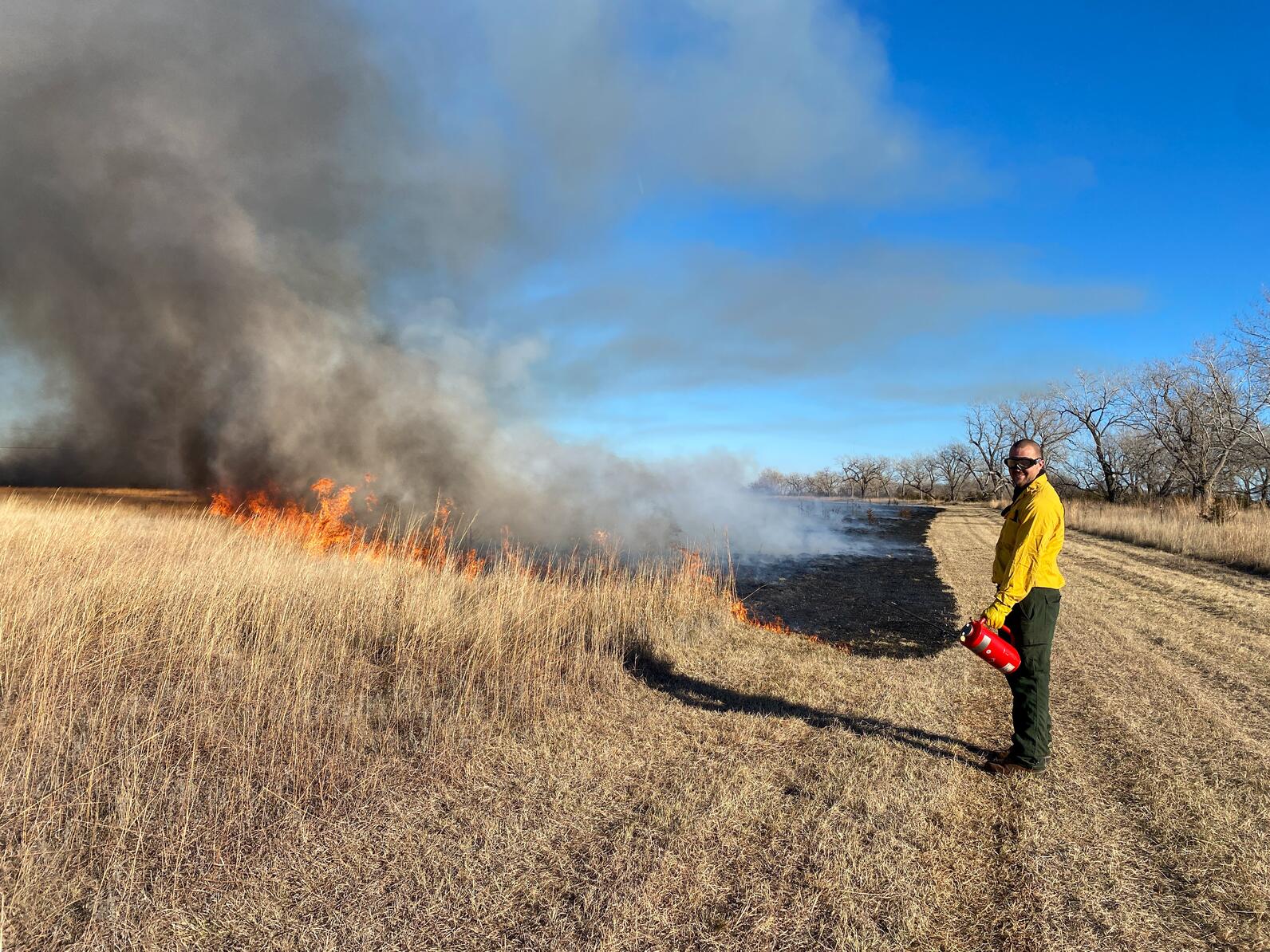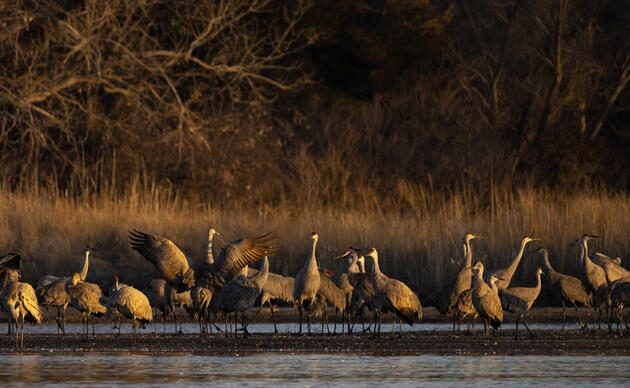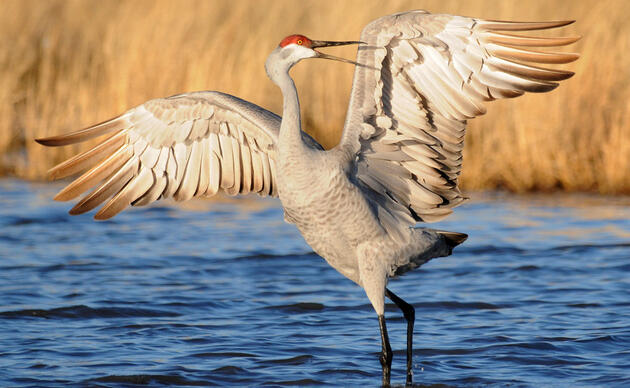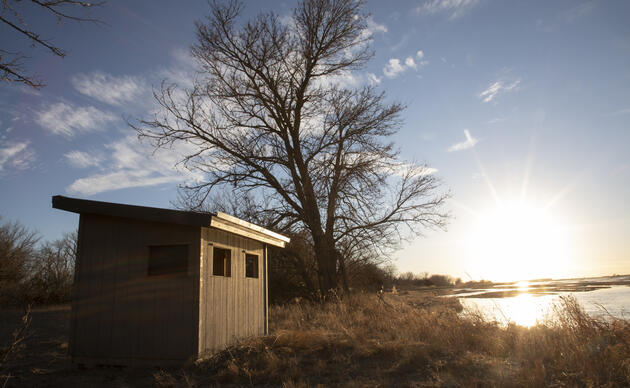Prescribed fire is one of the most effective tools for maintaining healthy prairies. Fire removes thatch (or dead, dense vegetation), recycles nutrients back into the soil, and curbs woody encroachment. This allows native grasses and wildflowers to thrive. Historically, naturally caused wildfires occurred periodically throughout the summer, and Indigenous peoples used fire to manage landscapes and food sources across the Great Plains (Bragg 1982). Currently in Nebraska, most land managers traditionally conduct prescribed burns in the spring, when vegetation is dormant and weather conditions—cool temperatures, mild winds, and moderate humidity help ensure safety and help landowners meet their management objectives.
In recent years, however, the window for spring burns has grown smaller. Studies have shown that the number of suitable burn days is decreasing due to shifting temperatures, humidity, and wind patterns (Weir 2017 and Yurkonis et al. 2019). At the same time, Rowe Sanctuary’s busy Crane Season, when thousands of visitors come to witness the Sandhill Crane migration, overlaps with the traditional spring burn window. Between climate variability and visitor programming, spring burning opportunities have become increasingly limited.
Recognizing these challenges, Rowe’s Conservation team decided to expand its burn windows. Rather than focusing solely on spring, the team began planning prescribed burns that could meet objectives in the summer, fall, and early winter when conditions allow. This shift required rethinking logistics, adjusting burn plans, increasing preparation on units, and more consistent maintenance on fire equipment. All this work opened new ecological opportunities too.

Seasonality matters in prescribed fire. Research shows that the timing of burns influences which plant species respond, how woody vegetation regrows, and how wildlife utilizes the habitat afterward (Weir & Scasta 2017, Robertson & Rebar 2022, Towne & Kemp 2008). Late summer burns and fall burns, for example, often stress woody plants when they’ve already used their energy reserves, improving control of invasive shrubs and trees (Weir & Scasta 2017). Meanwhile, burning in different seasons across years helps create a patchwork of vegetation heights and flowering times that supports greater biodiversity (Towne & Kemp 2008).
At Rowe, our objectives for burning are centered around invasive species control, removing thatch to increase forb diversity and density, and removing woody encroachment like Eastern Redcedar trees. Prescribed burns are often paired with other disturbance factors, like grazing, to target certain undesirable species. By increasing our capacity to burn throughout the year, the Rowe team can more effectively meet complex conservation goals and promote ecosystem resilience.
Today, Rowe’s Conservation team continues to meet its mission: maintaining healthy, diverse prairie ecosystems along the Platte River. As conditions shift with each season, so too must the strategies for stewardship. Burning throughout the year not only supports the prairie’s health, it reflects Rowe’s commitment to working with nature, not against it.
- Weir, J.R. (2017). The Best Time of Year to Conduct Prescribed Burns. Oklahoma State University Extension. Fact Sheet NREM-2885.
- Yurkonis, K.A., Dillon, J., McGranahan, D.A. et al. (2019). Seasonality of prescribed fire weather windows and predicted fire behavior in the northern Great Plains, USA. Fire Ecology 15, 7.
- Weir, J. R., and J.D. Scasta. (2017). Vegetation responses to season of fire in tallgrass prairie: A 13-year case study. Fire Ecology 13(2), 137–142.
- Roberton, B., and D. Rebar. (2022). Timing of prescribed burns impacts plant diversity but not investment in pollinator recruitment in a tallgrass prairie. Ecosphere, 13(1), e3914.
- Towne, E.G. and K.E. Kemp. (2008). Long-Term Response Patterns of Tallgrass Prairie to Frequent Summer Burning. Rangeland Ecology and Management 61: 509-20.
- Bragg, T.B. 1982. Seasonal variation in fuel and fuel consumption by fires in a bluestem prairie. Ecology 63:7-11.




